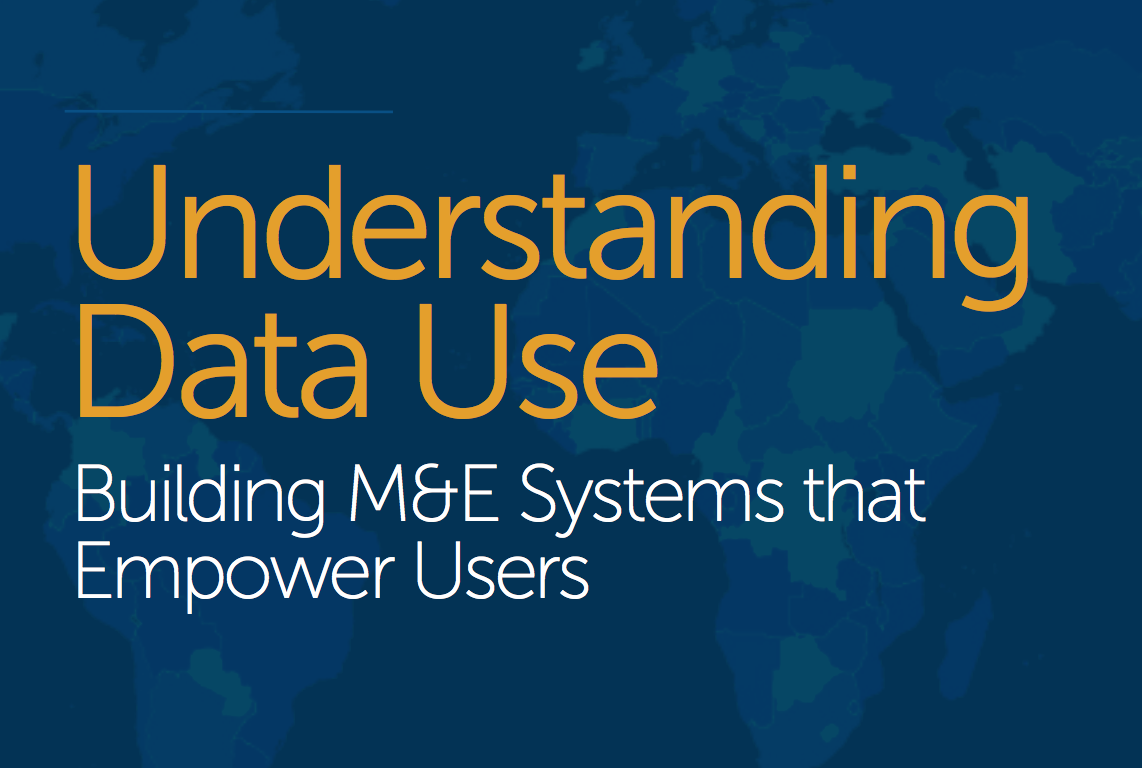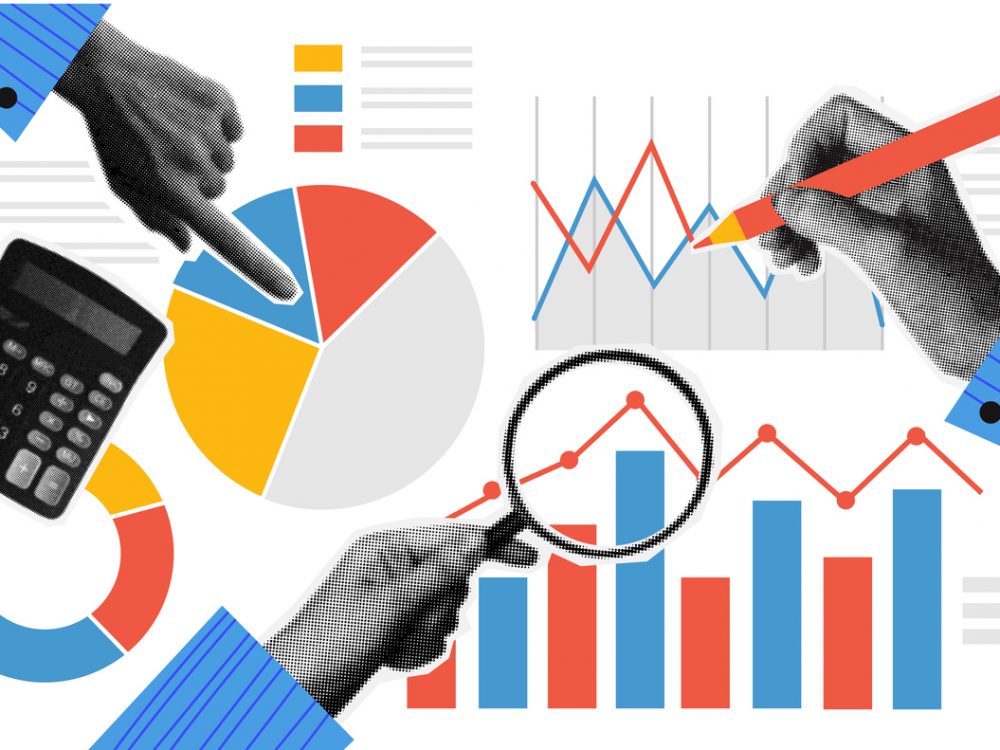DG White Paper Release: Understanding Data Use

Understanding Data Use: Building M&E Systems that Empower Users
We know that Monitoring and Evaluation (M&E) aims to support accountability and learning, in order to drive better outcomes. Through the Results Data Initiative (RDI), we’ve approached M&E with a critical eye – how can we better allocate M&E funding, and what results are we really striving for?
Today, DG is pleased to be releasing a white paper that shares our thinking around smarter M&E investments to drive data use, gained from RDI implementation. The paper, Understanding Data Use: Building M&E Systems that Empower Users, emphasizes how critical it is for decision makers to consider users’ decision space – from the institutional all the way to technical levels – in achieving data uptake.
Specifically, we call on smart mapping of this decision space – what do intended M&E users need, and what institutional factors shape those needs? With this understanding, we can better anticipate what types of data are most useful, and invest in systems to support data-driven decision making and better outcomes.
Mapping decision space is essential to understanding M&E data use. And as we’ve explored before, the development community has the opportunity to unlock existing resources to access more and better data that fits the needs of development actors to meet the SDGs. This white paper is intended to serve as a starting point of a global discussion on the path forward for M&E data, and we look forward to your thoughts and feedback!
Happy reading, and let us know what you think on Twitter at @DGateway.
Understanding Data Use: Building M&E Systems that Empower Users was written by Susan Stout, Vinisha Bhatia, Paige Kirby, and Josh Powell, each of Development Gateway.
Share This Post
Related from our library

From Data to Impact: Why Data Visualization Matters in Agriculture
This blog explores why data alone isn’t enough; what matters is turning it into usable insights. In agriculture, where decisions have lasting impacts, user-friendly tools help farmers and policymakers alike make better choices.

Harnessing the Power of Data: Tackling Tobacco Industry Influence in Africa
Reliable, accessible data is essential for effective tobacco control, enabling policymakers to implement stronger, evidence-based responses to evolving industry tactics and public health challenges. This blog explores how Tobacco Industry strategies hinder effective Tobacco control in Africa, and highlights how stakeholders are harnessing TCDI Data to counter industry interference.

Economic Toll of Tobacco-Related Diseases in Kenya: New Research Findings
Development Gateway: An IREX Venture (DG) is pleased to announce the publication of a research manuscript on the Economic Costs of Tobacco-Related Illnesses in Kenya. This research was carried out as part of the Tobacco Control Data Initiative (TCDI) activities in Kenya and is part of a broader report on Morbidity and Mortality from Tobacco Use in Kenya.